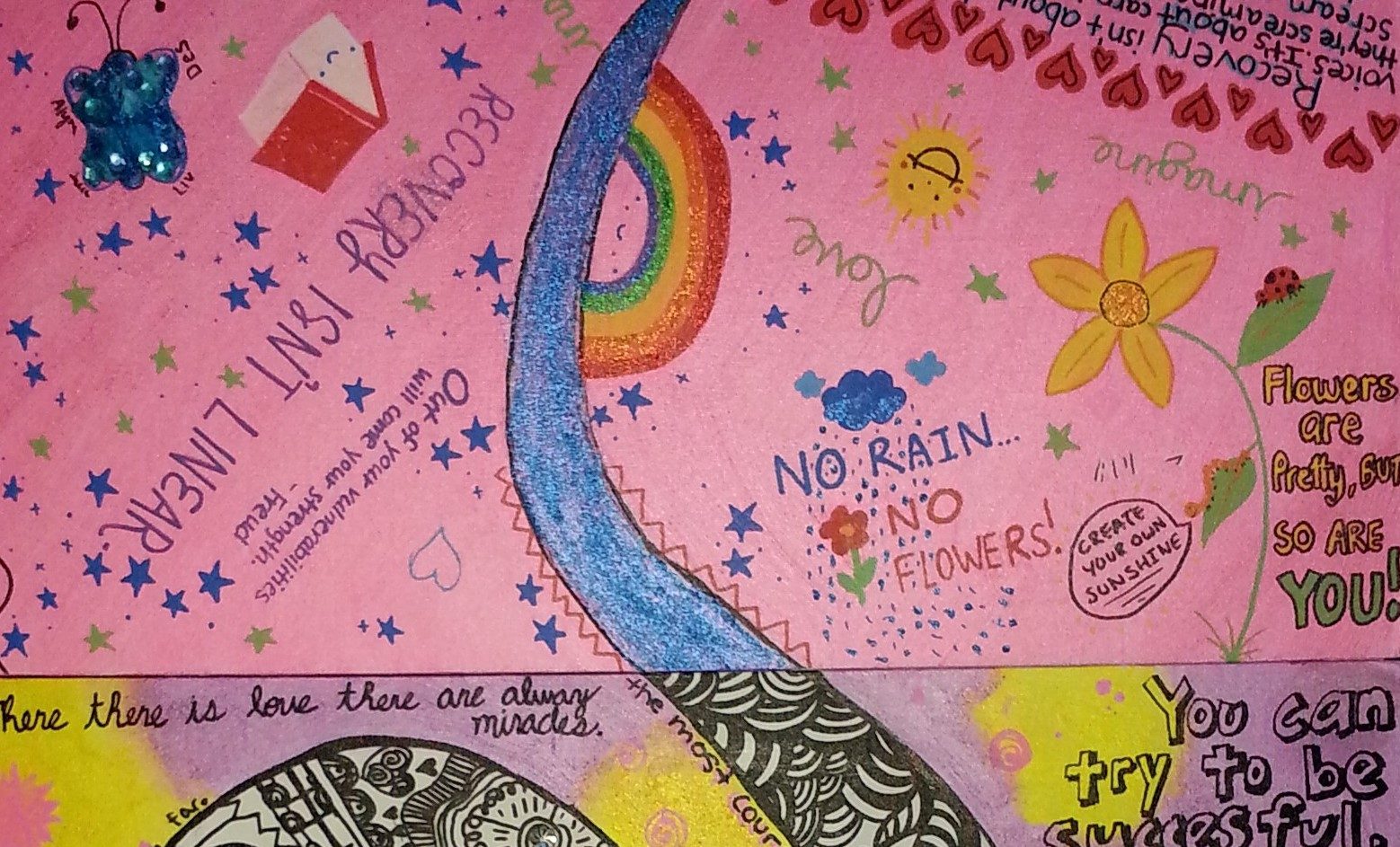Eating disorders kill. Even if you don’t die, you won’t live. Prevention and early intervention are critical. What happens if you let an eating disorder fester and take root before seeking treatment? Or then, what happens if the therapist has no boundaries? Or ethics? Or fails to outlive the therapy? Or if the eating disorder clinic clinic lies to you, takes advantage of your vulnerability, & drops you back into your sick world without any referrals or aftercare or follow-up or recompense or even listening? I’ll tell you:
Your peers will be paying off their homes and about to retire to spend time with their grandchildren. And there you will be, in your fifties, renting a temporary apartment, usually no more than 3 figures in gross fiscal assets, owning nothing more valuable than the 20-year-old car that gets you to the job you can’t retire from for at least 15 more years if you have any hope of paying off the student loans for the bachelor’s degree that took you 23 years to complete. And it’s a “job” – not a career – and you’ll sometimes need more than one to keep up with your food binges, medical bills, and all the different clothes for all the different sizes of you. Your marriage will have failed because your spouse could only love a sick diminished spineless person and you had to go off and fight for health.
At the same time, you’ll be far ahead of your peers when it comes to aging. You’ll have named a POA by your 30s, your church as the beneficiary of your retirement by your 40s, & despite lacking inheritors or property get your living will done by 50, for there’s no spouse or dependents. You’ll have lost at least a couple of teeth. You’ll be on more prescriptions and over-the-counter medications than your elderly neighbors in assisted living (because you damaged your immune, cardiovascular, and endocrine systems.) You’ll own your own walker, back brace, nebulizer and blood pressure cuff. You’ll take stool softeners and have thrown away your wadded up underwear not just at home but public bathrooms in several different cities because you pooped your pants (laxatives broke your digestive system.)
This doesn’t sound like an eating disorder?
But what about being skinny? (more on that in the first blog post)
Oh, yeah. Your metabolism. It takes the hardest hit. Today, you literally, actually, GAIN weight on a paltry amount of food that would have left you emaciated just ten years ago. You can easily remember when you desperately wished you could have controlled your intake the way you do, today, when eating has become such a burden and all food so loathsome that you would pay outrageous sums of money to be able to hook yourself up to a nasogastric tube while sleeping, to avoid it.
Anyway, even if you could slim down it doesn’t matter and it has never mattered because you’ve never been able to see it and you never will.
(Remember: This Is A Real Mental Illness.)
No matter how thin you get, you will never look bony enough. Maybe, perhaps, after years of patience, when you look back at photos of your lower weights, you’ll see that you were kind of a little bit thin-ish. Sort of.
But by this time you’ll have learned that it works the OTHER way, as well:
you ALSO cannot see it when the BMI charts say you’re (way past “overweight”) obese.
The one thing that may have caused you pause in those younger years is if someone had told you that the body part you hated most, your abdomen, would eventually perpetually protrude and stick out for the rest of your life because it will quite literally be full of crap because of what you did to your alimentary canal – some years it was a wonder it didn’t atrophy for lack of use – some years all it had to pulse through was liquids – some years straight sugar and fat – some years it was so overworked you’re lucky it didn’t collapse from exhaustion – and mostly you’re lucky none of it ruptured from the thousands of times you forced it to reverse it’s contents after engorging.
Enough good enough therapy with some good enough support earlier on may have done some good.
Four decades later, maybe this will do someone else some good. It’s certainly worth a try.

